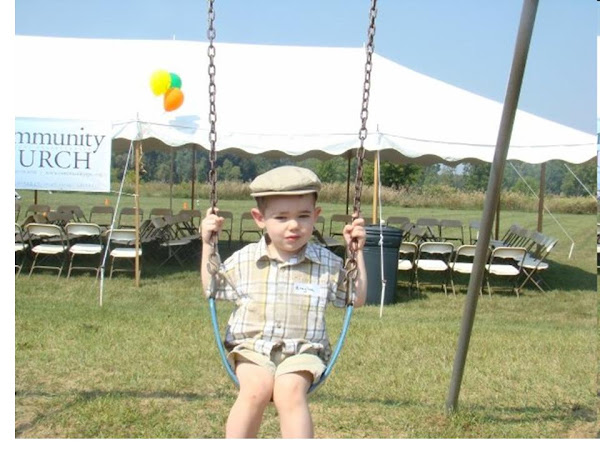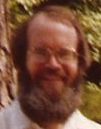


Brother Joseph Zoettl
"To pass the time, I started hobbies again." Thus the origins of the masterpiece.
Brother Joseph ZoettiBrother Joseph was born on January 24, 1878. In 1891, he almost died of the flu that swept over Europe. In January of 1892, Father Gamelbert Brunner went to Europe looking for candidates for St. Bernard Abbey. Young Michael Zoettl decided to join up, somewhat to the surprise of his parents. In a touching reference, Brother Joseph describes how he and his father, who worked in a brewery, settled for only a glass of cider to mark the occasion. "January 27, 1892 was the date of departure. All night I cried till we entered the railroad car, no homesickness, but what homesickness is I found out many years later in Stonega, Virginia." The comment is a clue to a side of Brother Joseph's life of which few people are aware. As a monk he served as housekeeper for priests in many of our missions. Again a note of interest: one of his priest associates, Brother Joseph was later to write: "he called my cooking poison, he would also examine the coal ashes to see how much coal was in there, then he would call me down." Such menages we can assume took place in Tuscumbia and Decatur, Alabama; Dayton, Tennessee; Pocahontas and Stonega, Virginia.
After his housekeeping career, Br. Joseph was brought to the Abbey and put in charge of the powerhouse built in 1911. Long burdensome workdays of seventeen hours with hardly time to get to Sunday Mass, followed. For thirty years this was his routine. "It became very tedious," he tells later, "for I had to pump from morning to night every day, Sunday included. "To pass the time, I started hobbies again." Thus the origins of the masterpiece. Later in 1918, he tells us, "I began working with cement. The first thing I constructed was a church, that is still in existence, then a year later I began with some small oriental buildings which were later called Little Jerusalem."
Brother Joseph's own words suggest that some of his monastic brethren saw something of the future in his early work. Father Lawrence O'Leary, the guestmaster, took all visitors out to see "it," (and then another presage of the future) "but by and by other people came and it became a real nuisance which could not be stopped anymore." And another early development: "One day Father Dominic (Downs) came to me with some little statues and to see if I could make small grottoes. He had a store in front of the college and sold religious articles to help missions. When I had made two grottoes I thought that would be all but as Father Dominic sold them right away, he always brought more statues and it became a regular business."
By 1932, Br. Joseph's fate was sealed. He was to build a grotto of such size and dimensions as to outdo anything he had ever dreamed of. After making five thousand small grottoes for sale, he commenced work on what is now Ave Maria Grotto. On May 17, 1934 the Ave Maria Grotto was dedicated. Brother Joseph continued his work for over 40 years, using materials sent from all over the world. He built his last model, the Basilica in Lourdes, at the age of 80, in 1958.
Brother Joseph died on October 15, 1961. He was buried in a special bronze coffin. The cost and permanent quality of the coffin had as much to do with the esteem in which his fellow monks held him, as it did with the legacy of fame he had left their home.




.jpg)


No comments:
Post a Comment